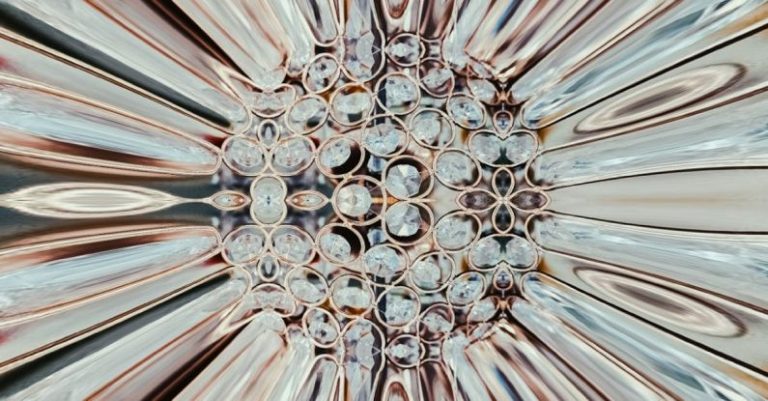What Is the Role of Texture in Creating Visual Interest?

Texture plays a crucial role in creating visual interest in various art forms, design concepts, and everyday aesthetics. It adds depth, dimension, and character to visual compositions, engaging the viewer’s senses and enhancing the overall impact of the piece. From fine art to interior design, texture is a versatile tool that artists and designers use to evoke emotions, highlight details, and make their work more compelling. In this article, we will explore the significance of texture in creating visual interest and how it contributes to the overall aesthetic experience.
The Power of Tactile Sensations
Texture, in its simplest definition, refers to the surface quality of an object that can be perceived through touch or sight. When it comes to visual arts and design, texture is often used to simulate tactile sensations visually. By incorporating different textures into a composition, artists and designers can create a sense of depth and realism, making the viewer feel as though they can reach out and touch the surfaces depicted.
For example, in a painting of a rugged mountain landscape, the artist may use thick brushstrokes to represent the rough texture of the rocks, while employing softer, blended strokes to depict the smoothness of the sky or water. This contrast in textures not only adds visual interest but also conveys the physical characteristics of the elements within the scene, enhancing the overall realism and impact of the artwork.
Creating Visual Contrast and Variety
Texture also plays a crucial role in creating visual contrast and variety within a composition. By combining different textures, artists and designers can establish a dynamic interplay of light and shadow, rough and smooth surfaces, and intricate details that draw the viewer’s eye and create a sense of movement and rhythm.
In interior design, for instance, a room with a mix of textures such as plush velvet upholstery, sleek metal finishes, and natural wood accents can feel more visually engaging and inviting than a space with uniform textures. The contrast between soft and hard surfaces, matte and glossy finishes, and intricate patterns and solid colors adds visual depth and richness to the environment, making it more visually stimulating and aesthetically pleasing.
Enhancing Emotional Impact
Texture has the power to evoke emotions and create mood in visual compositions. Just as certain fabrics can feel cozy and comforting, while others may appear cold and distant, textures in art and design can elicit emotional responses from the viewer. By choosing the right textures, artists and designers can convey specific sensations, evoke memories, and set the tone for the overall aesthetic experience.
For example, a photograph of a weathered, rusted door may evoke feelings of nostalgia, resilience, or decay, depending on the viewer’s personal associations with such textures. By incorporating textures that resonate with the viewer’s emotions and experiences, artists and designers can create a more profound connection and engagement with their work, making it more memorable and impactful.
Balancing Texture with Other Elements
While texture is a powerful tool for creating visual interest, it is essential to balance it with other elements of design, such as color, form, line, and composition. Too much texture can overwhelm the viewer and distract from the overall message of the piece, while too little texture can result in a flat, uninspiring composition.
Incorporating texture strategically, in harmony with the other elements of design, can elevate the visual impact of a piece and create a cohesive and harmonious aesthetic experience. By experimenting with different textures, exploring their interactions with light and shadow, and considering their emotional and sensory implications, artists and designers can unlock the full potential of texture as a tool for creating visual interest and engaging the viewer’s senses.
Embracing the Multisensory Experience
In conclusion, texture plays a multifaceted role in creating visual interest across various art forms and design disciplines. By harnessing the power of tactile sensations, creating visual contrast and variety, enhancing emotional impact, and balancing texture with other design elements, artists and designers can craft compelling compositions that captivate the viewer’s imagination and evoke a range of sensory experiences. Texture invites us to not only see but also feel and connect with the world around us in new and exciting ways, enriching our aesthetic encounters and deepening our appreciation for the beauty and complexity of the visual realm.





